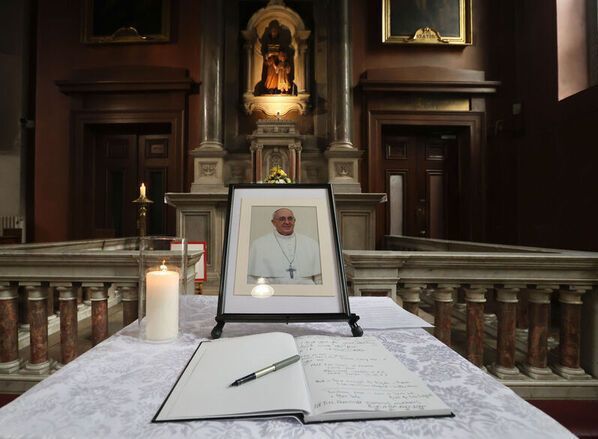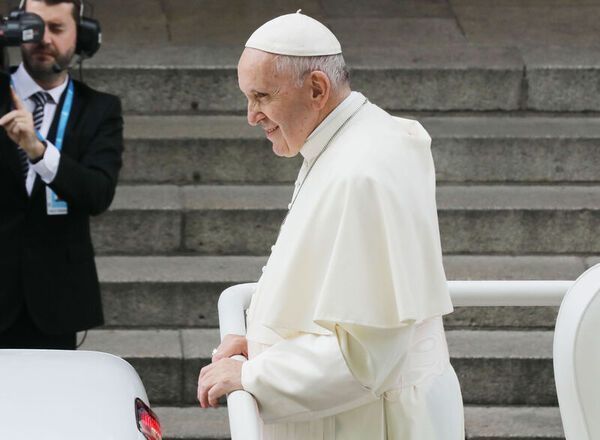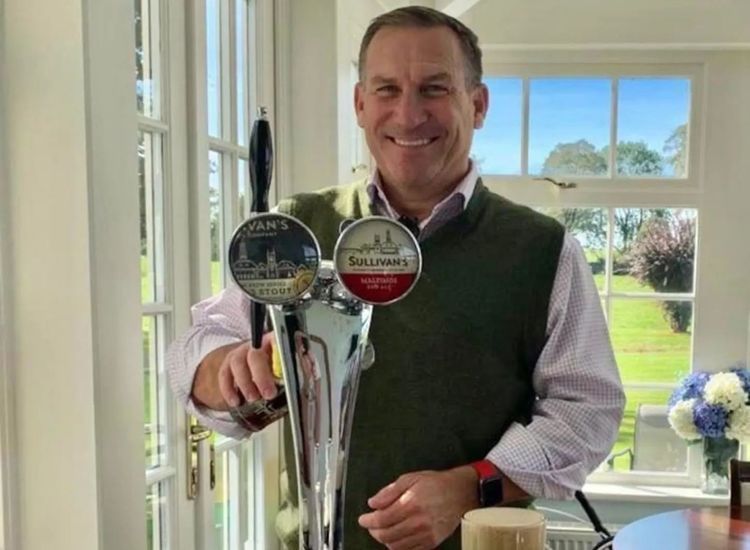Kathleen and Dermot Sexton
By Irish Echo Staff
Dermot Sexton will mark his 50th year as a volunteer for the New York City St. Patrick’s Day Parade by blowing the ceremonial silver whistle which officially starts the 256th Parade.
It will be a bittersweet honor for Sexton, a native of Nurney, in County Kildare.
His beloved wife of 55 years, Kathleen Garvin Sexton, won’t be by his side to share the honor. She died on January 17th, 2017, after living with cancer for 32 years.
“I hope I can pull it off,” Dermot said.
“I’m praying to Kathleen to help me.”
At 11 a.m. sharp, when Sexton blows the whistle, the 69th Infantry Regiment will step off from 44th Street and Fifth Avenue, first in the line of march, its traditional place of honor at every New York City St. Patrick’s Day Parade since 1853.
More than 100,000 marchers are expected to follow the “Fighting 69th” up Fifth Avenue, said a release from parade organizers.
This year’s Parade Grand Marshal is Michael J. Dowling, a native of County Limerick and President and CEO of Northwell Health.
This year’s parade honors Catholic Charities and the New York State Troopers, which are both celebrating their 100th anniversary of helping New Yorkers in need.
Mr. Sexton, came to New York, according to the parade release, “on a lark” as a 20-year-old in 1957.
He had planned to return to Ireland, but instead, he married Kathleen Garvin, from Carratigue, County Mayo.
In 1967, his brother-in-law, Frank McGreal Sr., brought him to work in the parade.
“I was running around like a crazy man, it was years before they even knew my name,” Dermot recalled, “but when you work hard, they don’t let you go.”
In 1992, Sexton, who lives in Hawthorne, Westchester County, was given one of the parade’s most challenging jobs: running the parade’s East Side Formation.
As chairman of East Side Formation, Sexton supervises a team of a dozen workers who are responsible for moving thousands of marchers and hundreds of bands across Madison Avenue, through traffic and onto Fifth Avenue, while trying to keep to a timetable that changes each year.
“It is an annual endurance contest between Manhattan traffic and marchers. A large group of marchers with a band can easily be split in half by a police officer inexperienced in handling traffic and large crowds, causing delays, the dreaded ‘gaps’ in the parade,” said the release.
“He’s the grand old man,” said Reilly J. Dundon, chairman of West Side Formation.
“Dermot brings an air of stability to the scene. There isn’t anything he hasn’t seen before, from near-riots in the 1970’s, to extremes in weather, like the snow and ice storm that struck mid-parade in 2003.”
When asked which of the fifty parades was the most memorable, Sexton’s answer was swift.
“It was the 2002 parade, just six months after 9/11.”
That parade had been dedicated to the “Heroes of 9/11” and at noon, the entire parade halted and both all on the avenue and watching the parade turned south to face Lower Manhattan, where the World Trade Center’s Twin Towers once stood, and observed two minutes of silence.
“It was unbelievable, how they just stopped New York City and it was so quiet," Dermot said.
"I felt the hair rise on the back of my neck.”
Friday’s parade will be broadcast live on WNBC-TV 4, from 11 a.m. to 3 p.m. More at NYCStPatricksParade.Org.









